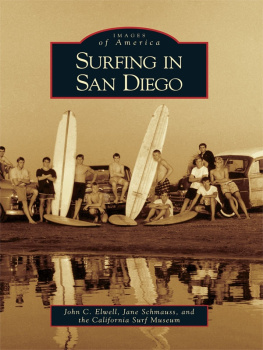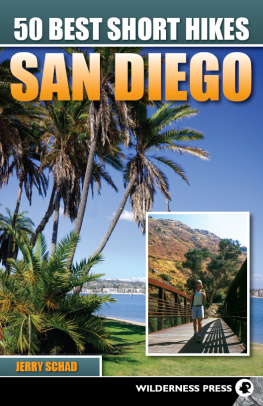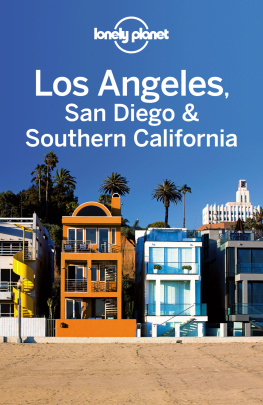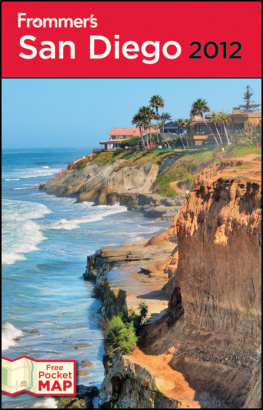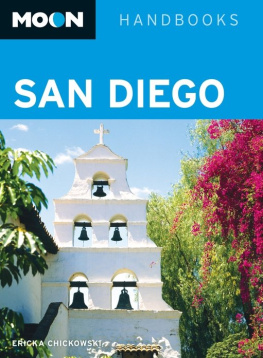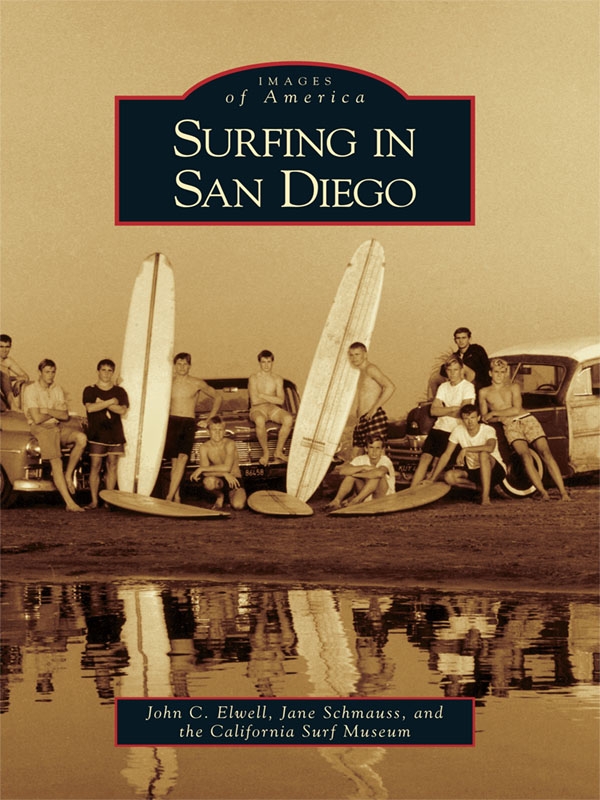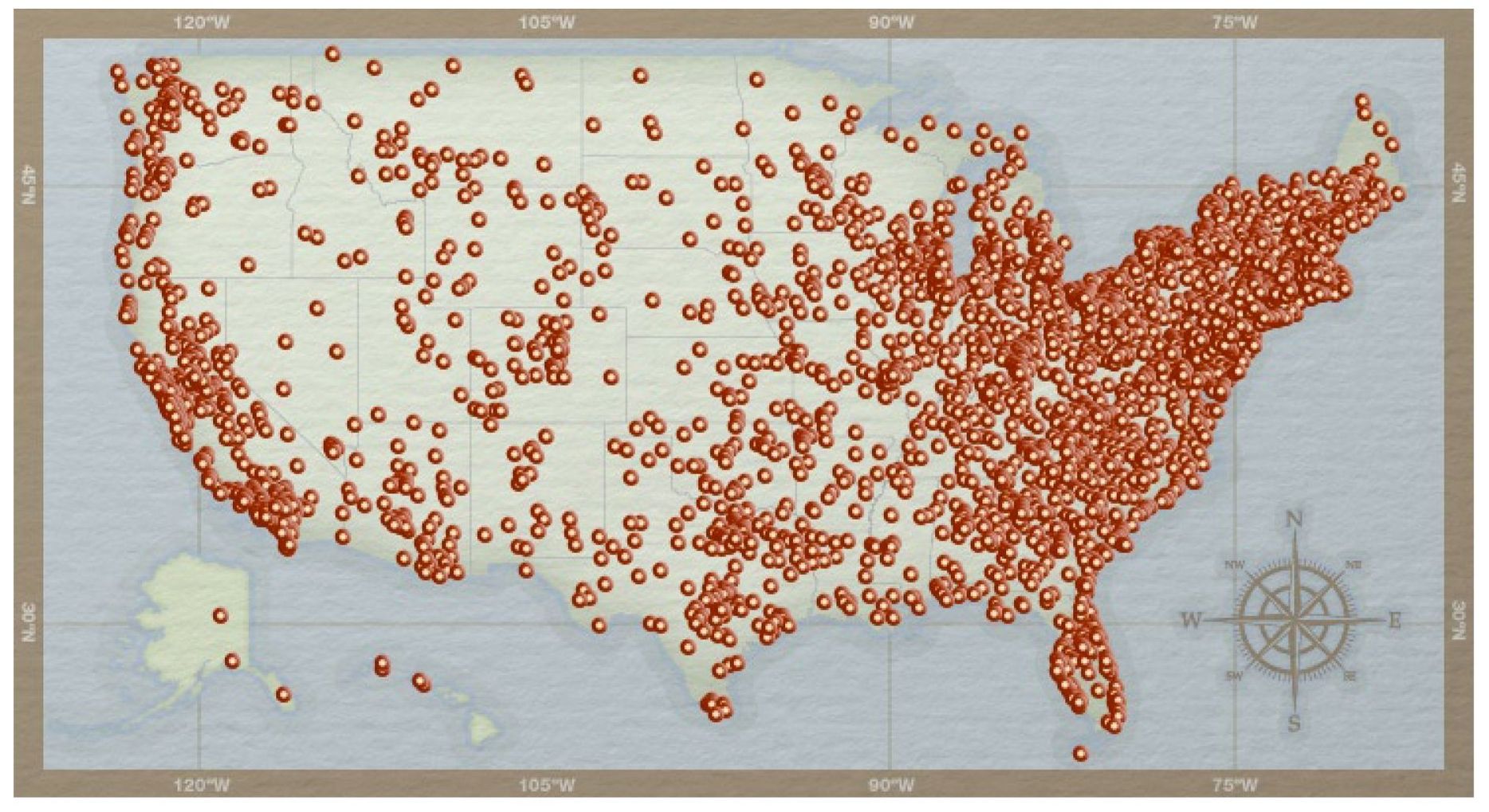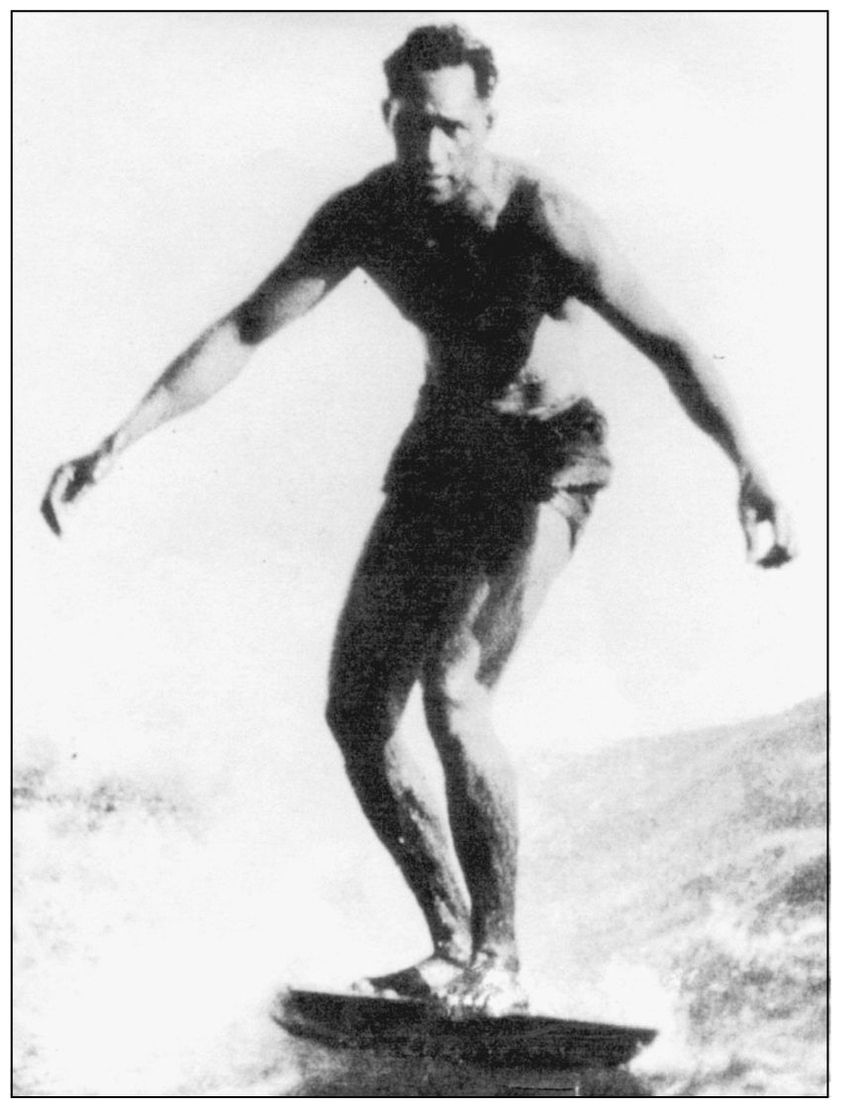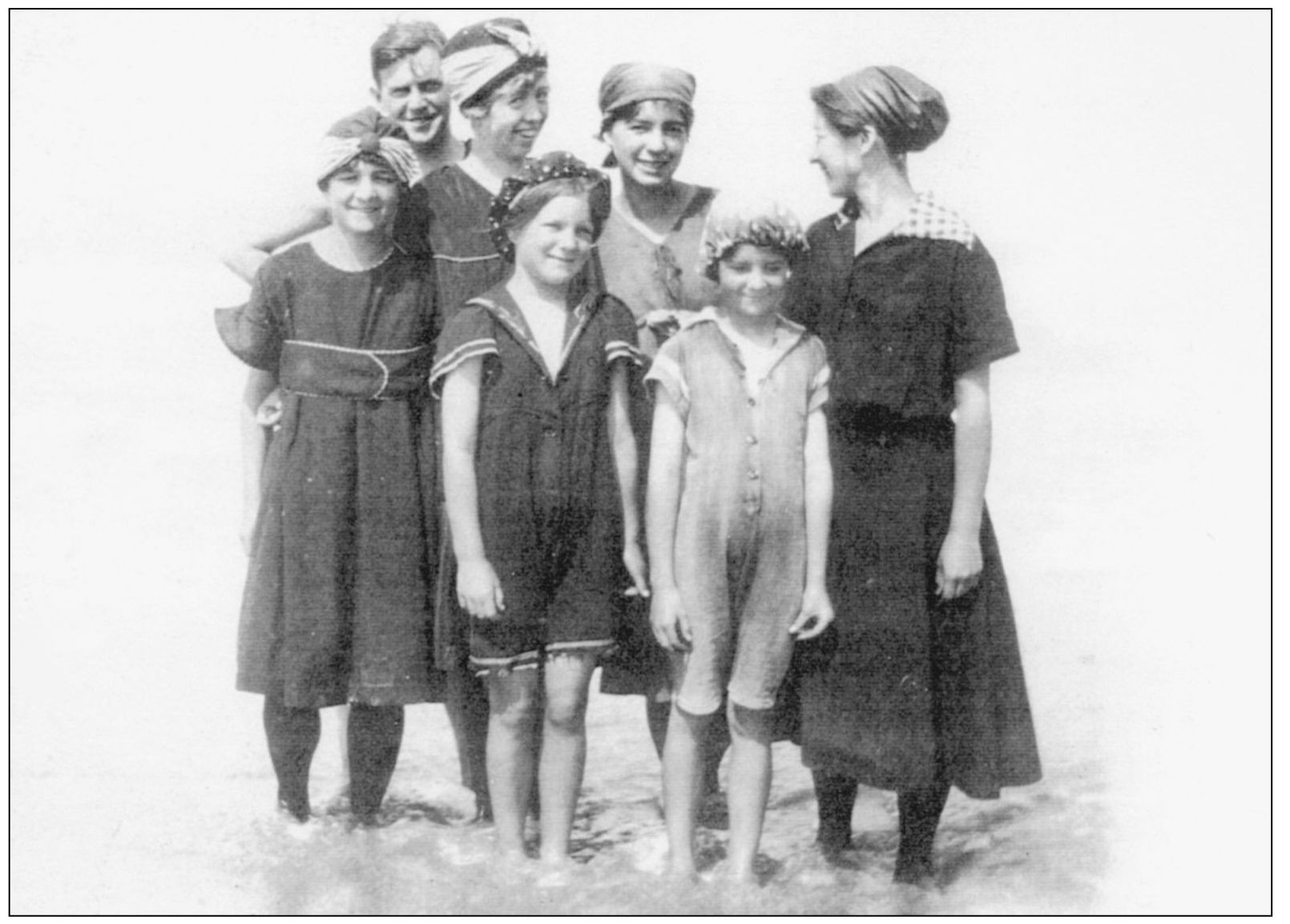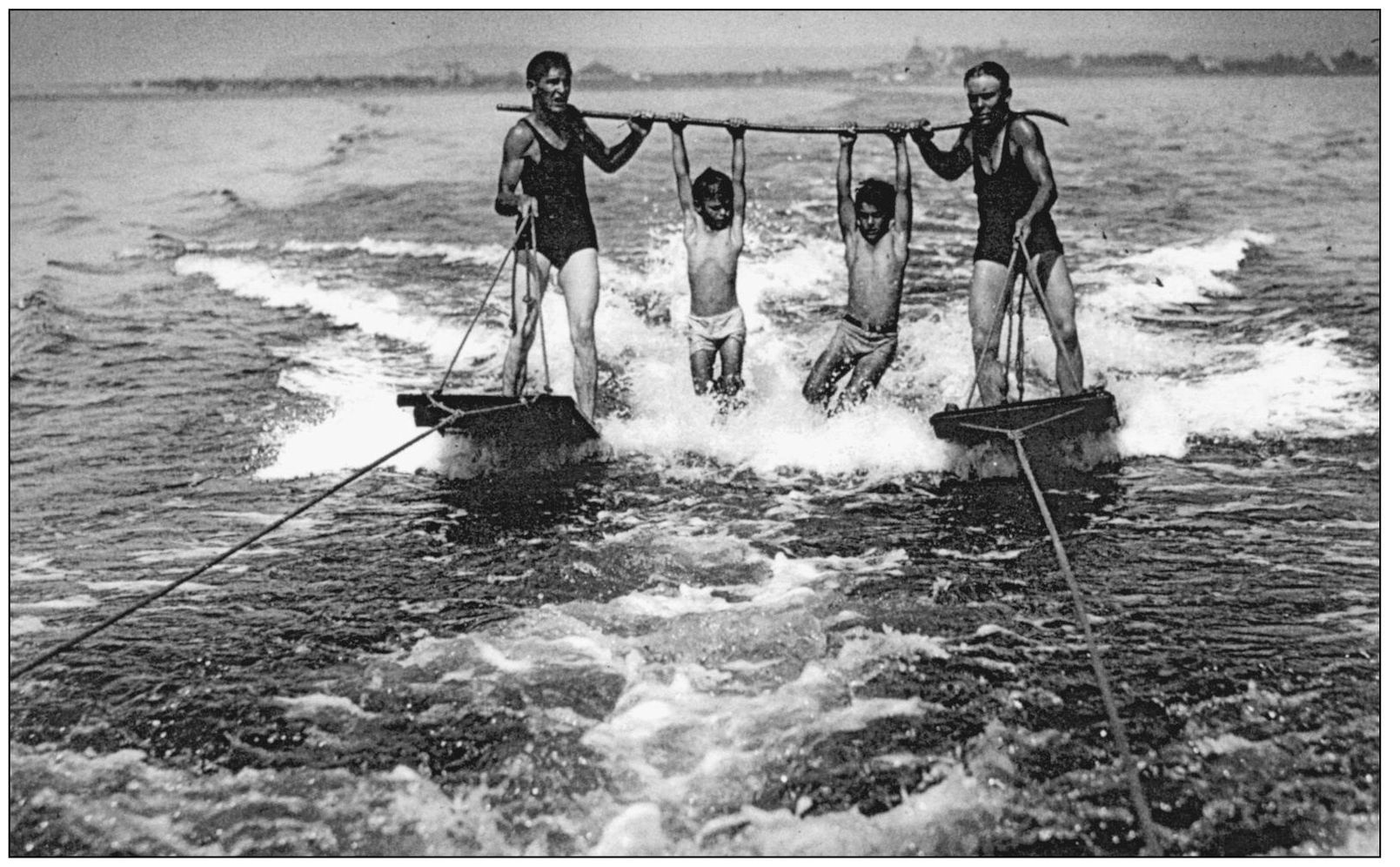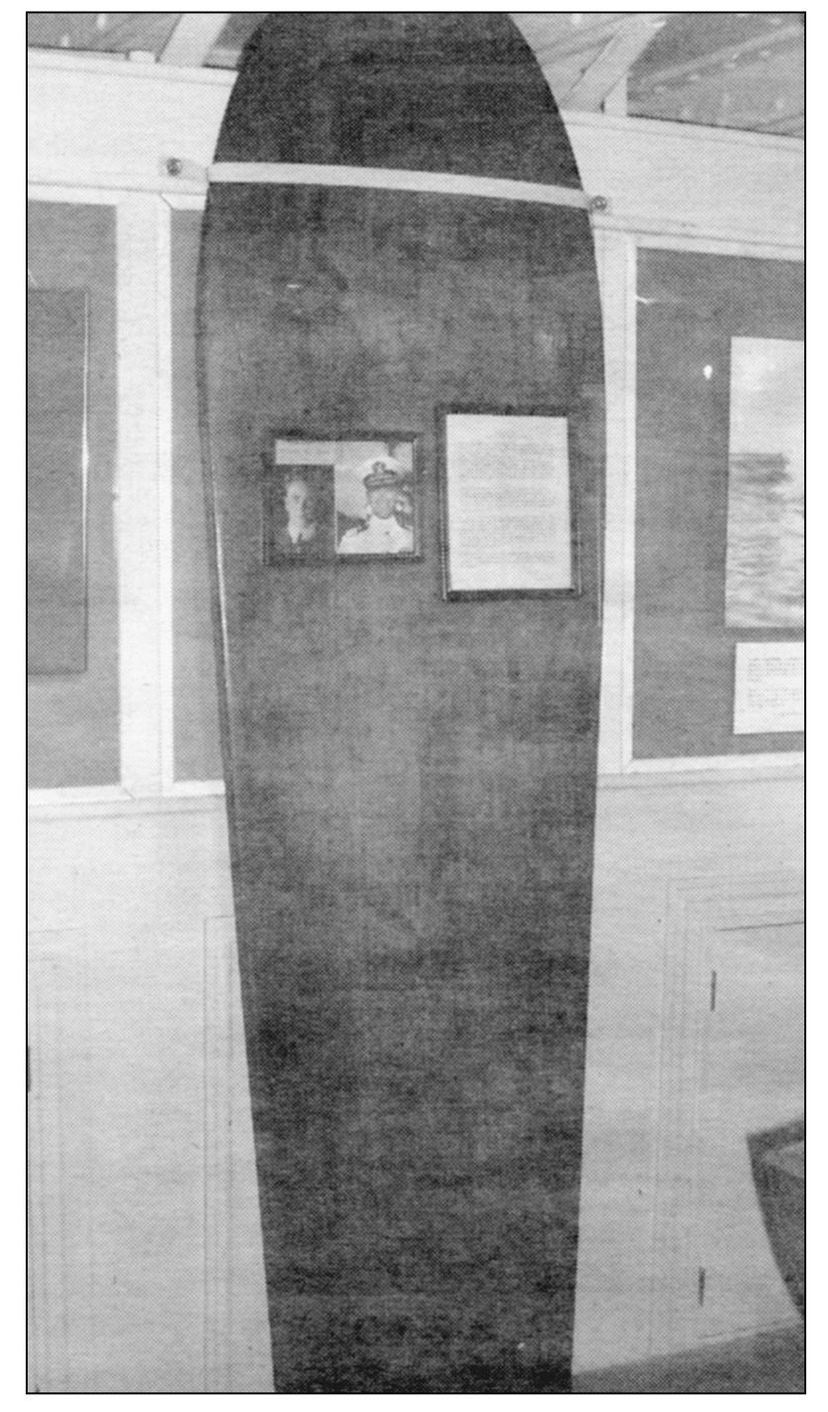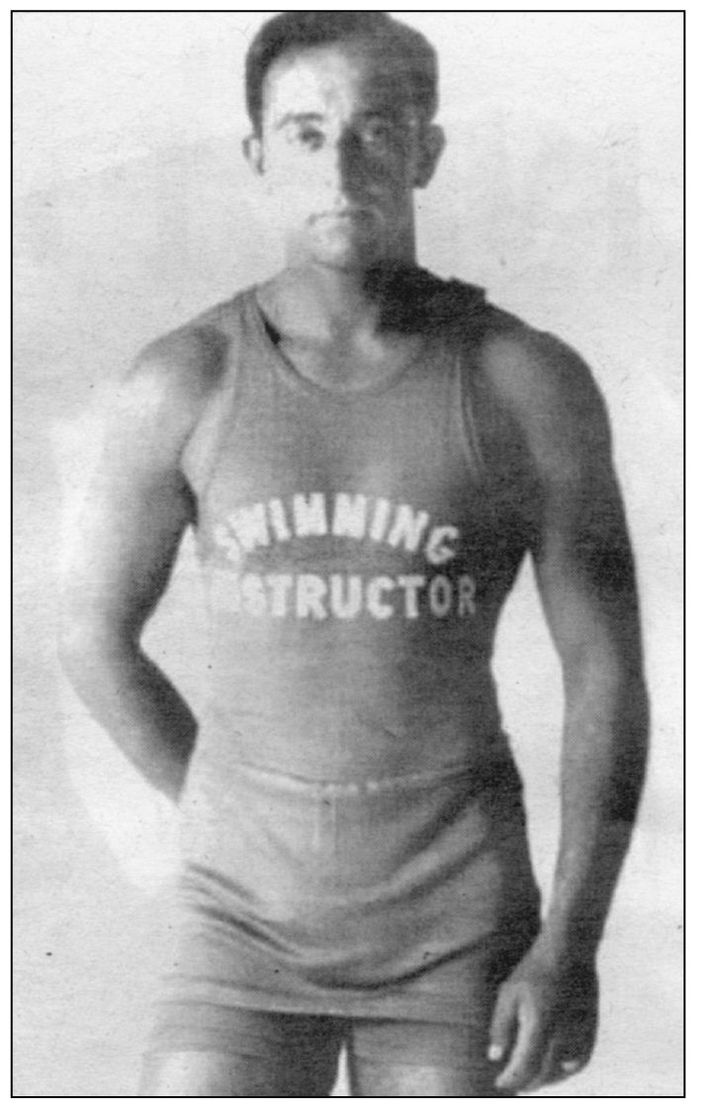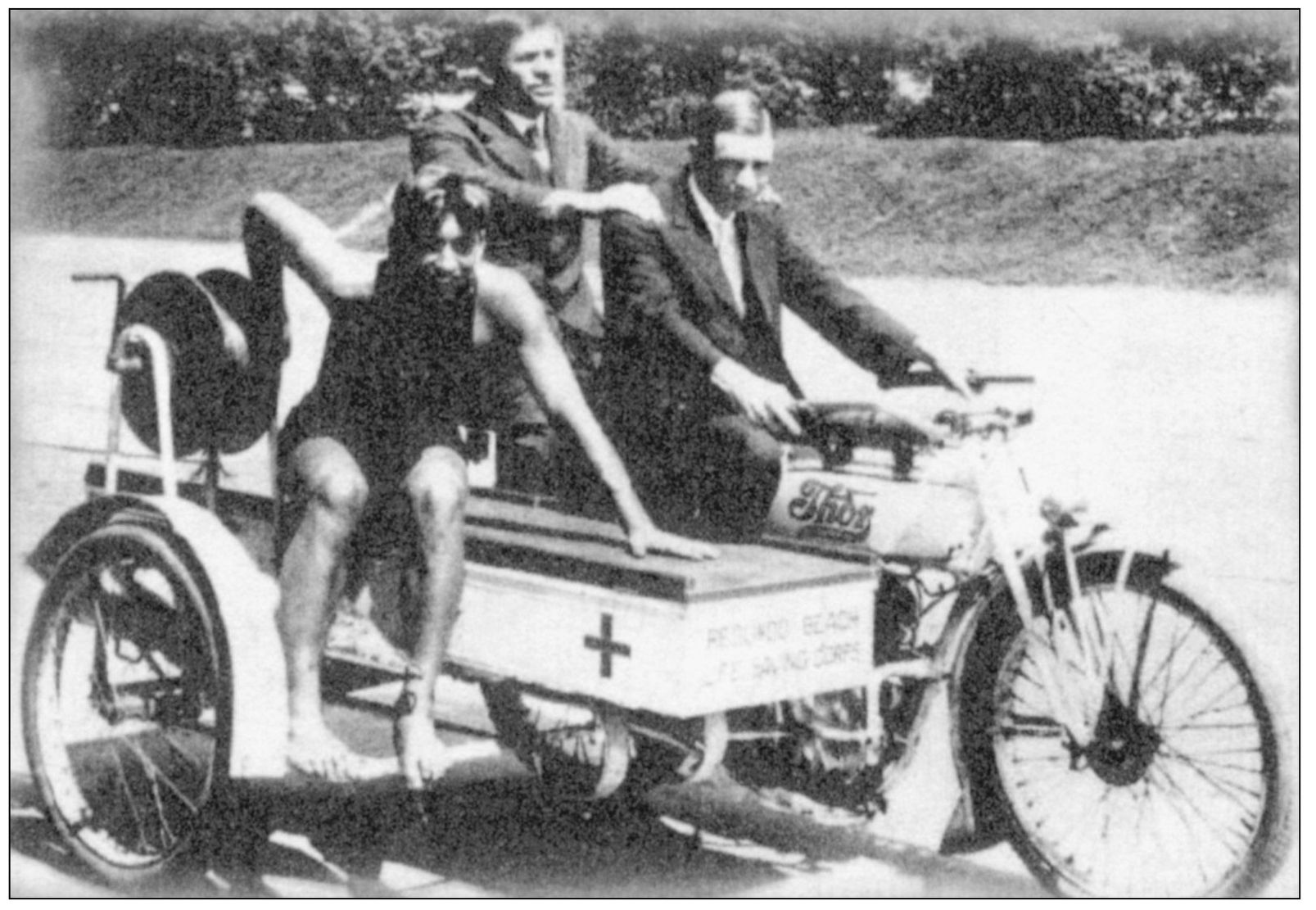ACKNOWLEDGMENTS
Many of the photographs that appear in this book come from the archives of the California Surf Museum (CSM), unless otherwise noted, and CSM feels it has been a privilege to be a part of this production. Dozens of people helped with the research and compilation of the data, and we are very grateful for their participation.
The team from CSM did a fantastic job. John Elwell, Jack Woody Ekstrom, Tom Keck, and Lee Louis supplied many of the images from their sizable collections and provided insights for the accompanying captions. CSMs associate director, Ryan A. Smith, tightened things editorially and helped keep the project on track. Behind-the-scenes workers Barbara Allen, Eric Chen, Nick Schmiege, Todd Quinn, Tom Glenn, and Tara Lee Torburn brought their considerable skills to the task. A special thank you must also be extended to the Cardiff Library and its staff for providing the workspace where we met and planned this book.
Our deepest gratitude goes to the following individuals for generously sharing their personal collections with us: LeRoy Grannis, Emil Sigler, Richard Dowdy, Richard James, Jim Mouse Robb, Tani Church Bell, Shirley Richards, John Oakley, Bill Hadji Hein, Mike Electric Duck Richardson, Laura Kaye, Evelyn Largent, Fred Ashley, Diana Brummett, Glen McInery, Terry Curren, Dr. Kenneth Haygood, Michael Dormer, L. J. Richards, Cramer Jackson, Marsh Malcolm, Carl Knox, Jack Lounsberry, Robert Black Mac McClendon, Ken Woodward, Mike Burner, Bud Caldwell, Tommy Lewis, Don Craig, and the families of Faye Baird Fraser, Ralph Noisat, and Hank Algert. We are also grateful for the contributions of Doug Tico, Ron McCarver, Jens Morrison, Kit Horn, Carl Miller, Tillman Eakes, Greg Hogan, Tom Morey, Eddy Hodge, Lollie Taylor, Jean Korbacher, Gerry Kirk, Carl Ekstrom, Hans Newman, Steve Clark, Kimball Daun, Remington Jackson, Tom Cozens, Ben Siegfried, Cher Threinen-Pendarvis, Patti Magee, Bobby Challenger Thomas, and David Aguirre.
Many thanks to the local historical agencies for sharing their bounty with us, namely the San Dieguito Heritage Museum (SDHM), San Diego Historical Society (SDHS), La Jolla Historical Society (LJHS), and Del Mar Historical Society (DMHS). We used the following publications for basic research and fact-checking: The Encyclopedia of Surfing by Matt Warshaw, Girl in the Curl by Andrea Gabbard, and 90 Years of Curl by Jeannette DeWyze, from the San Diego Weekly Reader , December 14, 2006.
Find more books like this at
www.imagesofamerica.com
Search for your hometown history, your old
stomping grounds, and even your favorite sports team.
One
THE EARLY YEARS
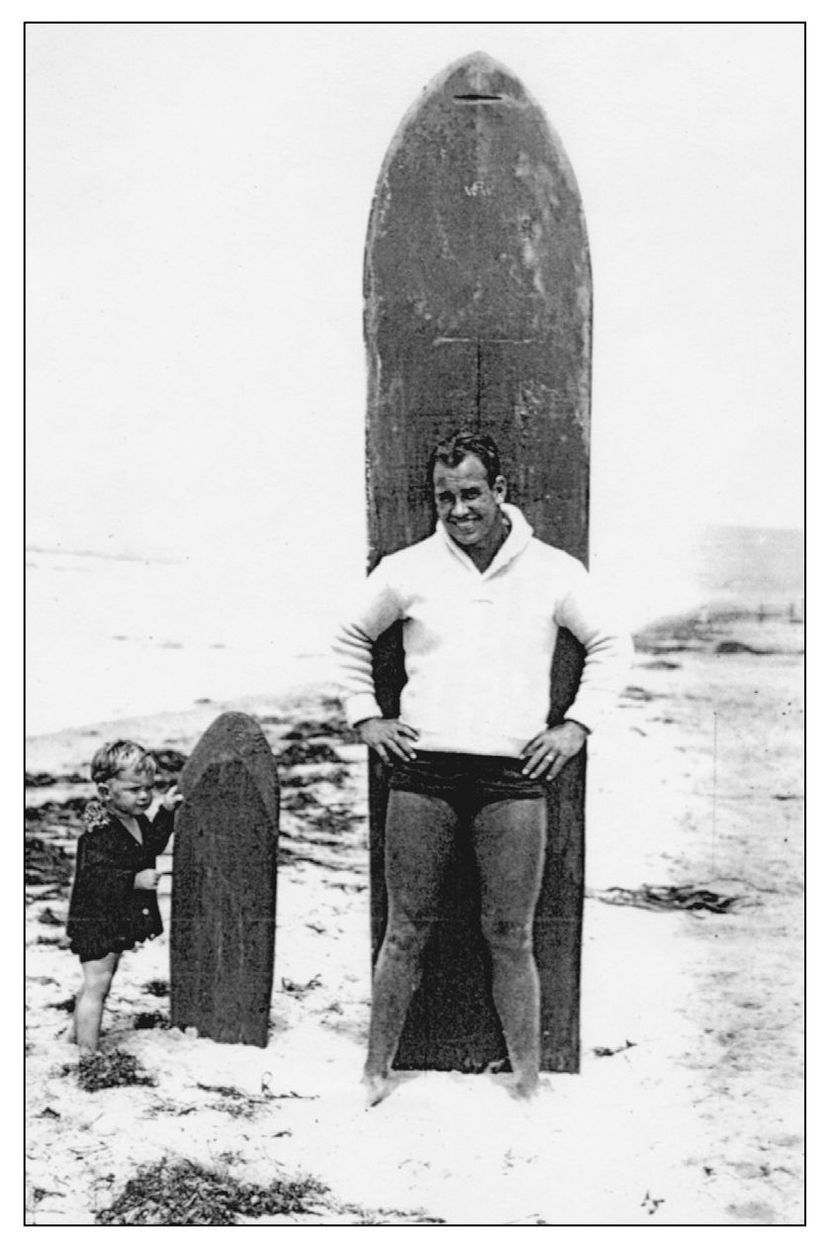
To date, San Diegos earliest surf history has gone largely undocumented. At two different times, fire destroyed local newspaper collections, and a great deal of important information has been lost. The California Surf Museum has gone back in time and gathered data from many individuals in order to piece together this fascinating story. Lifeguard Charlie Wright was one of the most visible fellows to step on a surfboard in San Diego. This photograph appeared in the San Diego Sun on September 5, 1925, and announced the first surfboard meet ever held. It reads: Charlie Wright, life-guard and sponsor of a surfboard tournament in North Mission Beach Monday. Behind him is a board of the type to be considered regulation in the meet. It is 9 1/2 feet long, 3 inches thick, 2 feet wide, and weighs 100 pounds. The young child is Louisa Alline Taylor, according to the San Diego Historical Society archives. Four days later, a sports section article headline read: Wright Wins Surf ContestErnest Judd Cops Second Prize in Breaker Riding Tournament. (Courtesy of SDHS.)
Duke Paoa Kahanamoku, a Hawaiian considered the Father of Modern Surfing, made several excursions to San Diego. He was already an Olympic swimming gold medalist when he arrived in 1916 as the star attraction of Hawaiian Week. Locals crowded the beaches for the events, where most spectators saw stand-up surfing for the first time. While in town, Duke and his good friend and swimming coach George Freeth surfed in Ocean Beach, and Duke, at one point, loaned his board to Charlie Wright. Duke returned to San Diego on several occasions thereafter and was named honorary chairman of the 1966 World Championships in Ocean Beach.
Members of the Cozens family are dressed for a day at the beach in Del Mar in 1915. These Encinitas-area pioneers enjoyed frequent beach outings in the summer months. Bert Cozens stands in the far back. (Courtesy of SDHM.)
Aquaplaning was a popular water sport at the beginning of the 20th century. One had to balance on a board that was attached by rope to a speeding boat, all while holding tightly to the towline. Pictured here around 1920, some hardy folks get some great exercise in the ocean waters off Coronado. (Courtesy of SDHM.)
Ralph Noisat, whose family settled in San Diego in 1910, was passionate about surfing. One of the states first truly avid surfers, Ralph may have been among the first to test the waves in San Diego as well. Ralphs grandfather was an engineer at the Pioneer Sugar Mill on Maui and brought the lad a piece of exotic wood so he could build his own surfboard. In the mid-1900s, Ralph surfed the unspoiled California coast from San Diego to San Francisco and, later, as a naval officer, took this 7-foot, squaretail surfboard (seen here) with him everywhere.
Born on Oahu in 1883, George Freeth is credited as being the first man to bring surfboard riding to Southern California. In 1907, the accomplished swimmer, diver, and surfer was hired to thrill overflow crowds in Venice and Redondo Beach with his amazing exhibitions of walking on water.
George Freeth, instrumental in setting up the California lifeguard system still used today, taught basic water-rescue techniques in San Diego. Freeth devised much of the rescue equipment (seen here) himself and was awarded a Congressional Gold Medal in 1908 after dramatically saving 11 Japanese fishermen during a violent winter storm.

